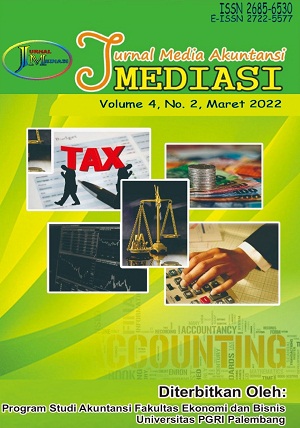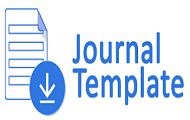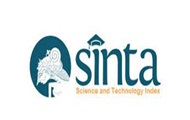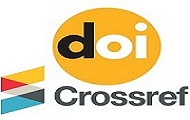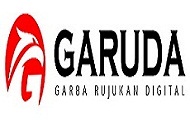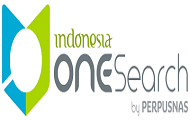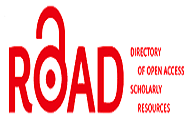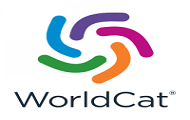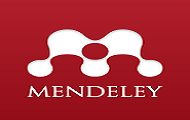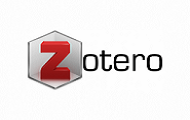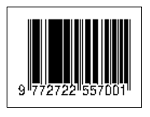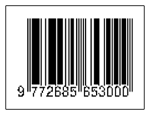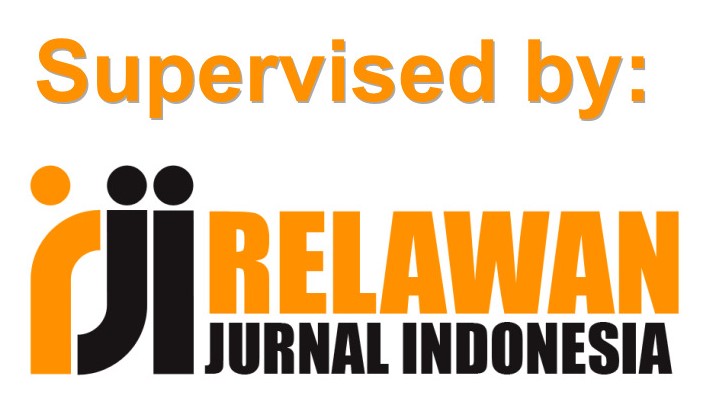Analisis Penilaian Tingkat Kesehatan BUMN Pada PT. Waskita Karya (Persero) Tbk Yang Terdaftar Di Bursa Efek Indonesia
DOI:
https://doi.org/10.31851/jmediasi.v4i2.7863Abstract
ABSTRACT
Â
Observation aims to determine the level of health with a financial aspect approach to calculate the financial performance of the BUMN industry PT. Waskita Karya (Persero) Tbk in calculating the ratio is based on the decree of the minister of SOEs KEP-100/MBU/2002. The analytical tool used in the research is descriptive qualitative data method, the object of the research is PT. Waskita Karya (Persero) Tbk, the population of observations is the financial statements of PT. Waskita Karya (Persero) Tbk, the sample in this study is the financial details and profit and loss for the 2018-2020 period. Based on the results of the analysis of the company PT. Waskita Karya (Persero) Tbk on the financial aspects of ROE, ROI, Cash Ratio, Curent Ratio, Collection Periods, Inventory Turnover, Total Own Capital to Total Asset and total assetTurnover in 2018-2020. The total points for 2018 were 53,25% indicating an unhealthy monetary performance with the title “BBBâ€, over 2019 a total of 42% points an indicated an unhealthy financial performance with a “BB†predicate, and in 2020 a total of 50,15% points shows an unhealthy monetary performance and gets the BBB predicate.
                                                                                  Â
Keywords:Financial Performance, Ratio Of Decree Of The Minister Of SOE No.KEP-100/MBU/2002
Â
Â
ABSTRAK
Observasi mempunyai tujuan buat mengetahui tingkat kesehatan dengan pendekatan aspek keuangan untuk menghitung kinerja keuangan industri BUMN PT. Waskita Karya (Persero) Tbk pada perhitungan rasio bersumber pada Surat Keputusan Menteri BUMN No:KEP-100/MBU/2002. Alat penganalisisan yang digunakan dalam penelitian yaitu metode data deskriptif kualitatif, objek dalam penelitian yaitu PT. Waskita Karya (Persero) Tbk, populasi observasi ialah laporan keuangan PT. Waskita Karya (Persero) Tbk, sampel dala penelitian yaitu perincian keuangan dan laba rugi periode 2018-2020. Berdasarkan hasil analisis perusahaan PT. Waskita Karya (Persero) Tbk atas aspek keuangan ROE, ROI, Rasio Kas, Rasio Lnacar, Collection Periods, Perputaran Persediaan, Total Modal Sendiri terhadap Total Asset, dan Perputaran Total Asset pada tahun 2018-2020. Total poin untuk tahun 2018 53,25% menunjukkan kinerja moneteryang kurang sehat dengan predikat “BBBâ€, tahun 2019 total poin 42% menunjukkan kinerja keuangan yang kurang sehat dengan predikat “BBâ€, dan tahun 2020 total poin 50,15% menunjukka kinerja moneter yang kurang sehat serta mendapatkan predikatâ€BBBâ€.
Â
Kata kunci : Kinerja Keuangan, Rasio KEPMEN BUMN No.KEP-100/MBU/2002References
Fahmi, I. (2015). Pengantar Manajemen Keuangan Teori dan Soal Jawab. Bandung: Alfabeta.
Harmono. (2017). Manajemen Keuangan. Jakarta: Bumi Aksara.
Hery. (2014). Analisis Laporan Keuangan. Jakarta: Bumi Aksara.
Jumingan. (2014). Analisis Laporan Keuangan. Jakarta: Bumi Aksara.
Kasmir, D. (2015). Analisis Laporan Keuangan. Jakarta: PT. Raja Grafindo Persada.
Kartikahadi, H. (2016). Akuntansi Keuangan Berdasarkan SAK Berbasis IFRS. Ikatan Akuntan Indonesia (IAI).
Karlina Nasution, dkk, L. (2016). penilaian tingkat kesehatan BUMN pada PT. Waskita Karya (Persero) Tbk. jurnal bisnis administrasi, 5, 60-68.
Sugiyono. (2017). Metode Penelitian Kuantitatif,Kualitatif dan R&D. Bandung: Alfabeta.
Supriyono, R. (2018). BAB II Tinjauan Pustaka, (63), 11-13.
Downloads
Published
Issue
Section
License
The copyright of the received article shall be assigned to the publisher of the journal licensed under a Creative Commons Attribution-NonCommercial 4.0 International License in line with the license, authors and any users (readers and other researchers) are allowed to share and adapt the material only for non-commercial purposes. In addition, the material must be given appropriate credit, provided with a link to the license, and indicated if changes were made. If authors remix, transform or build upon the material, authors must distribute their contributions under the same license as the original.

